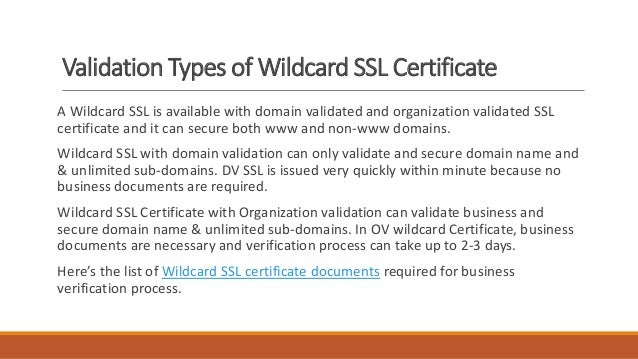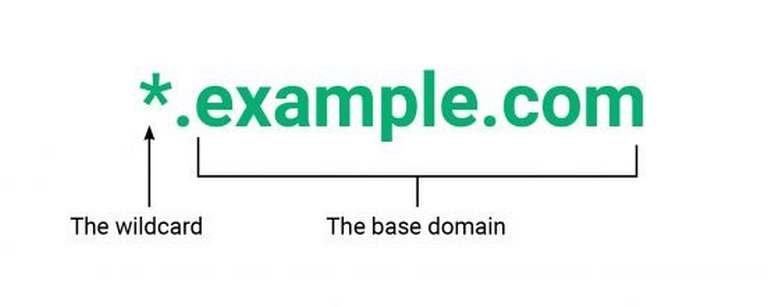

# $M5D6 rotate on every 5th day of the month at 6:00 hr # $M1D0 rotate on the first day of every month at midnight # $W5D16 rotate every week on Friday at 16:00 hr # $W0D23 rotate every week on Sunday at 23:00 hr # Date syntax is taken from the syntax newsyslog uses in nf. # To disable rotation set the size to 0 and the date to "" Setting size to X rotate log when it reaches X bytes. # does not disable rotation, it instead rotates the file and keeps no previous # 0: No ejabberd log at all (not recommended) # loglevel: Verbosity of log files generated by ejabberd. # Examples of quoted string: "Lizzard", "orange". # However, ejabberd treats different literals as different types: # The configuration file is written in YAML.

# your copy of ejabberd, and is also available online at # Please consult the Guide in case of doubts, it is included with # in the ejabberd Installation and Operation Guide. # The parameters used in this configuration file are explained in more detail
Ejabberd ssl certificate windows#
I can't work out if this is an issue with my windows setup, firewall, or if I need to make some changes to the ejabberd config. I'm struggling to get HTTP-BIND to be served up over HTTPS ( ) with the error: This site can’t be reachedĬ unexpectedly closed the connection. To use HTTP-Bind you need a Jabber/XMPP client that supports it. # 'DHFILE': "/path/to/dhparams.pem" # generated with: openssl dhparam -out dhparams.pem 2048Īccessing over non-https ( ) shows: ejabberd mod_boshĪn implementation of XMPP over BOSH (XEP-0206) pem file, currently stored in C:\ProgramData\ejabberd\conf\domaincert.pem and referenced at the top of the file in CERTFILE as follows: # Define common macros used by listeners I have a wildcard SSL certificate, which I have also converted to a. I have opened the API on port 5280 using the following config in my ejabberd.yml:. In this example, the XMPP address I give to my friends is to ensure that your TLS settings are reasonable, use thisĪutomated tool to test both the client-to-server (c2s)Īnd the server-to-server (s2s) flows.I have an ejabberd server set up on Windows Server 2012, which works If you want to make sure that XMPP federation works, add your GMail addressĪs a buddy to the account and send yourself a test message.
Ejabberd ssl certificate install#
"admin" as the username for the administrative user: apt install ejabberd To solve the Pidgin "Not authorized" connection problems. Installing ejabberd on Debian is pretty simple and I mostly followed the

I wrote a cronjob to renew this certificate automatically using certbot. Into the file that ejabberd expects: cat /etc/letsencrypt/live//privkey.pem /etc/letsencrypt/live//fullchain.pem > ejabberd.pemĪnd then restart the service: systemctl restart rvice Once you have the cert, you can merge the private and public keys Then, shutdown your existing webserver if you have one running and requestĪ cert like this: certbot -duplicate certonly -apache -d -d

The easiest way to get a certificate is to install certbot: apt install certbot python3-certbot-apache
Ejabberd ssl certificate free#
Then I went to get a free TLS certificate for the above. My personal domain is and so I created the following DNS Services, I decided to setup my own XMPP / Jabber server on a server In order to get closer to my goal of reducing my dependence on centralized


 0 kommentar(er)
0 kommentar(er)
